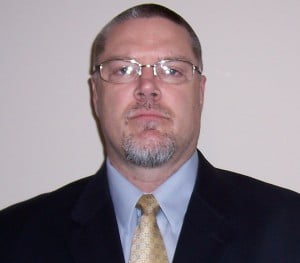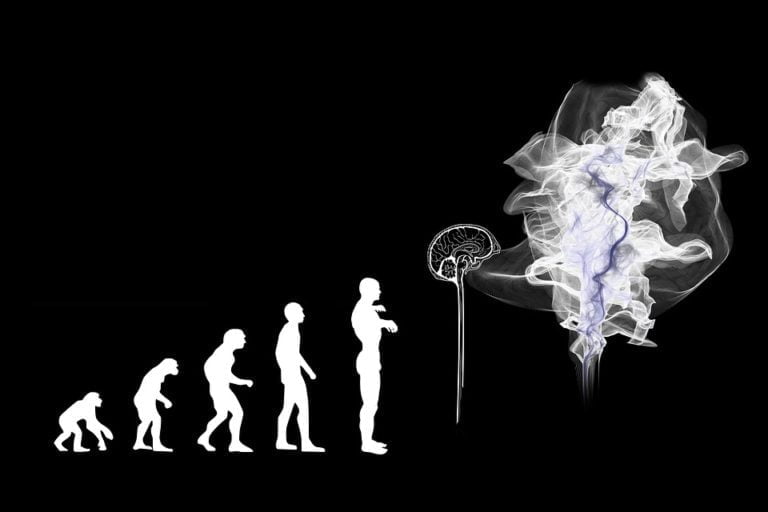Barrier of Complacency to Competitive Advantage
To remain competitive in the market requires management to take an active role in recognizing and acknowledging that the business environment is changing daily. As Sullivan and Harper (1996) explain, “Today, we face fundamental shifts in technology, markets, human resource development, global distribution, information management, government intervention, and other critical dimensions of the strategic environments in which we operate” (p.152). Time and distance have been compressed to a point that their presence only ensures that somewhere a business interest is about to launch a product or services to meet changing customer needs; faster and cheaper.
Every business concern must clearly understand that, “Competitors appear without warning to thunder against their market share in yet another full frontal, no-holds barred assault. Under constant attack, the traditional businesses are falling back in market after market” (Lareau, 2000, p.2).
The consumer’s dollar is global to reach a market with the capacity built on start-up businesses and emerging countries that establish a capability to meet and exceed what were once unbeatable companies in market share position. It is more than simple survival; the new challenge is how to keep a step ahead of the competition.
Nine Signs of a Losing Organization:
• Fuzzy Vision: lack of strategic alignment; people don’t know where the organization is going and what it is trying to achieve in the future; corporate vision and mission don’t inspire people
• Lack of Leadership Skills: fear of change; leaders lack entrepreneurial spirit; leadership style on the part of management is either too directive or too hands-off; managers do not lead and don’t manage change, they just administrate and micromanage; weak leadership development program.
• Discouraging Culture: corporate culture does not inspire people; no shared values; employees are not energized; lack of trust; blame culture; focus on problems, not opportunities; people don’t have fun at work; diversity is not celebrated; failures are not tolerated; people lose confidence in their leaders and systems.
• High Bureaucracy: bureaucratic organizational structures with too many layers; high boundaries between management layers; slow decision making; too close monitoring of things and subordinates; too many tools and documents discouraging creative thinking; bureaucracy is tolerated.
• Lack of Initiative: employees are not empowered; poor motivation and encouragement; people do not feel their contributions make a difference; management fails to engage the organization effectively; people work defensively and not creatively, they do their job, and nothing more.
• Poor Vertical Communication: people have no clue of the big picture and do not feel that their contributions are important; too much uncertainty; people don’t know what top-managers are thinking and planning.
• Poor Cross-functional Collaboration: functional mindset; lack of cross-functional goals and cross functional collaboration spirit; functional, no enterprise wide business process management; no cross functional management committees; lack of or powerless cross functional teams.
• Poor Teamwork: no organizational commitment to team culture; lack of shared and worthwhile goals; weak team leaders; team members who don’t want to play as part of a team are tolerated; teams are too large; lack of shared rewards.
• Poor Idea and Knowledge Management: cross pollination of ideas is not facilitated; no creativity, idea and knowledge management strategies and systems; “know-it-all” attitude; “not invented here” syndrome.
Management must fully understand that to remain idle, complacent, and willing to endure in status quo only means death to a business in today’s market. Lareau (2000) declares:
Nothing is static in an organization. Even when it seems as if nothing is happening, an organization is calcifying and sedimentizing towards traditional norms, no matter where it started. The first and foremost function of enlightened leaders is to actively challenge this evolution every second. (p.78)
Management ranks must not fall into common complacency traps such as doing things too well, being in the wrong business, or making yesterday perfect. Allen et al. (2001) has defined compliancy as, “the status quo is the comfort zone in most traditional manufacturing environments. Doing things as they have always been done is more important than innovation or change” (p.168).
Typical characteristics of traditional operations include:
Complacent – mature stage, enormously successful, too such an extent that they show disdain for their competition and come to believe they know better than their customers.
Inward looking – complicated, look inward at their own processes and structures rather than outward to their customers.
Political – breed a climate prevalent with personal agendas, internal competition, and power play.
Risk aversion – hoard and protect wealth, assets, and power.
Forgetful of drivers of initial success – people begin to forget those things that created the momentum and fool themselves into thinking that the bureaucratic game is a way to keep growing.
Obsessed with entrenched standards and routines – standards and routines become a trap if you end up merely repeating the past rather than invent the future.
Doing things too well is common in businesses that have a history of success in the market and business performance. Management fails to recognize the dynamics of change in global industry and tend to rest on their laurels of past success. They lose touch with the real conditions and strategic environment of customers, competition, and internal performance to remain successful for some period of time only to one day find that their market share has decreased and productivity lagging to the point they no longer maintain profitability. “A laggard is a company where senior managers believe they know more about how the industry works than they actually do, and where what they do know is out of date” (Hamel and Prahalad, 1994, p.55).
The complacency of being in the wrong business again points to a management team that has failed to pay close attention to global markets and customer demands only to provide out dated products or services. Finally, the complacency of making yesterday perfect, finds a management team that is working diligently to improve process and capabilities, though relying upon existing structures, processes, and control methods; leading to hard work but no successful change in business performance or value creation to customers and shareholders. John Kotter (1996) in Leading Change states “A good rule of thumb in a major change effort is: Never underestimate the magnitude of the forces that reinforce complacency and that help maintain the status quo” (p.42).
The inertia associated with compliancy is the first major hurdle and critical step for management in the business to overcome when moving to implement Lean. Management must develop the clear understanding of how the global market is changing, how new competitive factors are being created and how those factors influence their business. “What prevents companies from creating the future is an installed base of thinking the unquestioned conventions, the myopic view of opportunities and threats, and the unchallenged precedents that comprise the existing managerial frame” (Hamel and Pahalad,1994, p.61).
Notes
Allen, J., Robinson, C., & Stewart, D. (2001). Lean Manufacturing: A Plant Floor Guide. Detroit, MI: Society of Manufacturing Engineers.
Hamel, G., & Prahalad, C.K. (1994). Competing for the Future: Breakthrough Strategies for Seizing Control of your Industry and Creating the Markets of Tomorrow. Boston: Harvard Business School Press.
Kotter, J. P. (1996). Leading Change. Boston: Harvard Business School Press.
Lareau, E. W. (2000). Lean Leadership: From Chaos to Carrots to Commitment. Davenport, IA: Midland Press Corporation.
Sullivan, G. R., & Harper, M. V. (1996). Hope is not a Method: What Business Leaders Can Learn from America’s Army. NY: Broadway Books.
 Dr. Casey is a member of the Christ Hospital with more than 18 years of experience spanning all facets of operations management, lean and change leadership. In addition to unparalleled industry and consulting experience, Dr. Casey has published; The Role of Change Leadership in a Operations Excellence Model, and Strategic Lean Transformation: Turning Traditional Lean Paradigms into Distinctive Competencies, while X Matrix: Strategy Deployment & Execution Process for Breakthrough Business Performance will be released in the fall of 2011.
Dr. Casey is a member of the Christ Hospital with more than 18 years of experience spanning all facets of operations management, lean and change leadership. In addition to unparalleled industry and consulting experience, Dr. Casey has published; The Role of Change Leadership in a Operations Excellence Model, and Strategic Lean Transformation: Turning Traditional Lean Paradigms into Distinctive Competencies, while X Matrix: Strategy Deployment & Execution Process for Breakthrough Business Performance will be released in the fall of 2011.
Contact him at darrellcasey@roadrunner.com.






